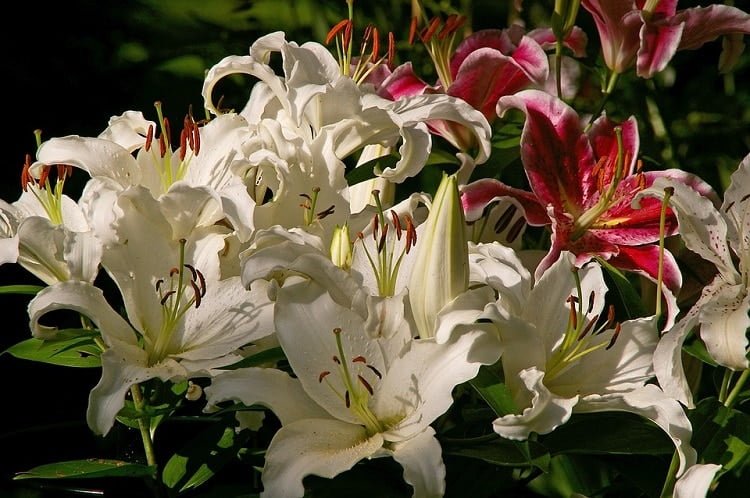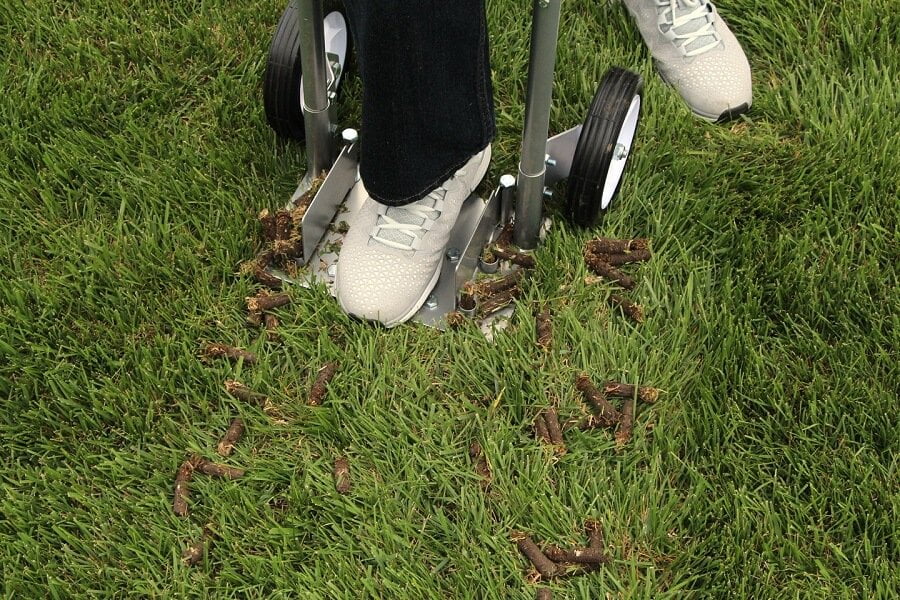Before allowing your pets to play in your garden, you should first make sure it’s safe for them to do it. There are plenty of poisonous plants for pets out there, and most of them can turn deadly if ingested. Your furry friends might like munching on leaves and stems while playing. To offer them a safe experience in the backyard, get informed on those plants that can be poisonous for pets.
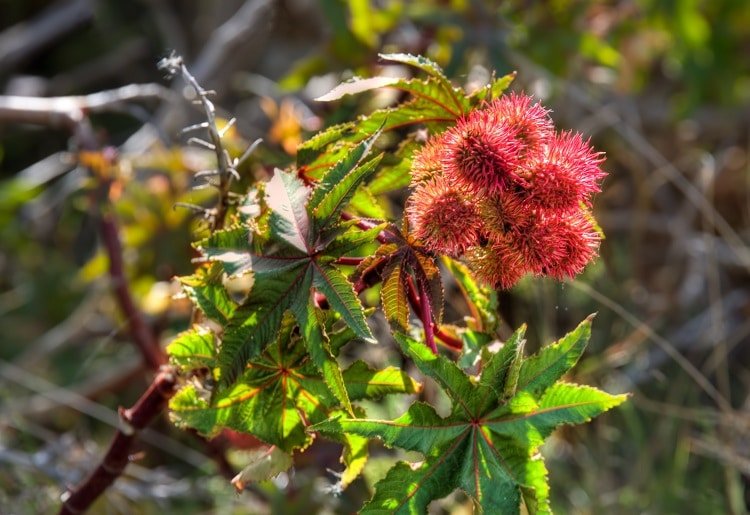
Keep an eye on your pets
Whenever you’re going out in the garden to play with your pets, make sure you always keep them under supervision. Cats and dogs have this habit of nibbling on plants and objects from outside. This is why you should know what can be dangerous for them.
The Poison Control of the American Society for the Prevention of Cruelty to Animals (ASPCA) usually receives about 150,000 of poisoning calls per year. From all cases of non-drug intoxication, one fourth are caused by plants.
Being careful and supervising the animal is one solution, but this is still risky. Chances are it will do something when you’re not paying attention, so it’s better to keep it away from dangerous plants. You can either keep those plants out of reach, or remove them completely from the garden.
How to tell an animal has been poisoned?
After ingesting a poisonous plant, the symptoms might vary, but there are a few that are quite common. If they start vomiting, foaming at the mouth, drooling, having accesses of diarrhea, and becoming apathic, it might be a sign they had nibbled on a bad plant. Some poisonous plants for pets can be deadly, so rush your friend to the veterinarian as soon as you spot some odd symptoms.
Poisonous plants for pets
Here are some of the most common poisonous plants for pets to look out for. They are well-known for being unfriendly if ingested, while many of them can turn out deadly. Make sure you keep your pets away from all these plants.
1. Castor bean
This plant, which bears many other names, has been declared the most poisonous plant in the world, and was included in the Guinness World Records in 2007. You might have heard of it as the African wonder tree, the mole bean plant, or the castor oil plant.
The most toxic compound present in castor bean is ricin oil, but the entire plant can be poisonous. Even consuming its seeds can be deadly for dogs, cats, horses, or even humans. The first symptoms should appear from 12 to 48 hours after the ingestion.
At first, you’ll notice the animal is excessively thirsty, but has no appetite. It should experience difficulties with coordination, and problems with breathing. After some accesses of vomiting and diarrhea, if you don’t intervene quickly enough, the animal might experience kidney failure, which can quickly lead to its death.
2. Caladium
Also known as mother-in-law plant, seagull, or elephant’s ears, caladium is the second most common poisonous plants for pets. The poisonous components are oxalates, which are really dangerous for cats and dogs. In fact, these toxins can affect humans as well.
Soon after ingestion, the animals should get really irritated at the mouth. The most recognizable symptom is excessive drooling, and a difficulty to breathe and to swallow.
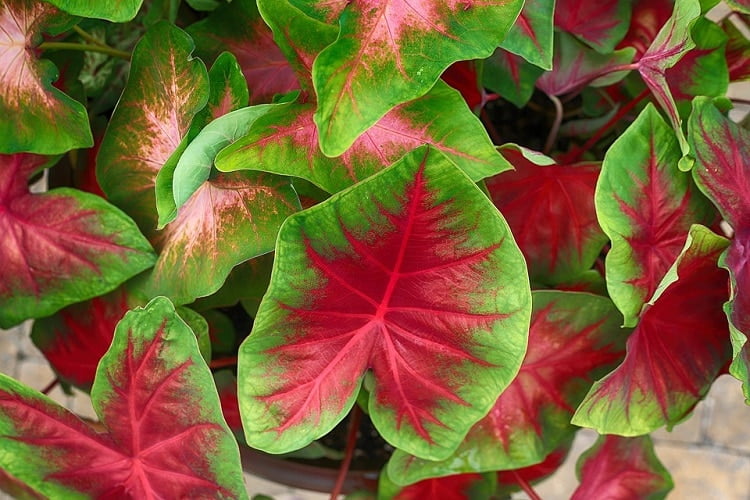
3. Lilies
This highly fragrant flower is extremely dangerous for cats, as it can be 100 percent deadly if the poisoning remains untreated or is treated too late. However, you should know your lilies before leaving your pets exposed to it. The Calla, Peruvian, and Peace lilies contain oxalate particles, that usually cause irritation at the level of the mouth, so it results in drooling. These are not so dangerous.
However, the true lily breeds, including the Easter, Tiger, Japanese, and Asiatic lilies, are a huge hazard for cats. Even getting into contact with their pollen can be dangerous, while ingesting the petals can result in kidney failure. Rush your kitty to the hospital immediately after lily ingestion, as this could save their life.
4. Oleander
This plant is quite common among households, although its toxicity is quite well-known. Both the leaves and the flowers of the oleander are poisonous for cats, dogs, horses, and sometimes humans. However, over the past 30 years, only three human deaths have been reported as caused by oleander poisoning.
The entire plant contains a dangerous toxin that causes slower heartbeats, and might end in heart failure. Usually, pets get poisoned when they consume oleander leaves, but even getting in contact with a pruned plant can be dangerous. You can recognize oleander poisoning from symptoms like colic, muscle tremors, difficulty to coordinate and to breathe, extreme sweating, and bloody diarrhea.
5. Yew
This ornamental tree is easily recognizable from its red fruits and pointy leaves, and is probably among the most dangerous poisonous plants for pets. Exposure to yew can result in sudden death. It contains taxine, a dangerous substance that pets can ingest if they munch on the seeds, leaves, and branches of the tree. Therefore, make sure you don’t play fetch with your dog using yew sticks.
If you’re lucky, your pet might not suffer immediate heart failure. Yew intoxication might cause difficulty in breathing, seizures, and muscle tremors.
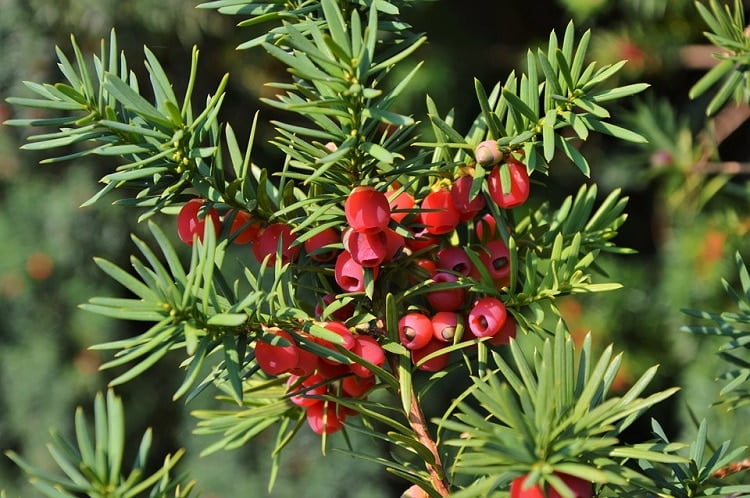
6. Autumn crocus
Crocus plants are of two types, those that bloom in spring and those that bloom in autumn. Fortunately, the spring breed is more common. If somehow autumn crocus happens to grow in your garden, pay a lot of attention to your pets. The spring breed usually causes only light vomiting and diarrhea, while the autumn crocus is a lot more toxic.
If your pets somehow ingest the poisonous variant, look out for severe gastrointestinal symptoms. Severe vomiting and diarrhea are included, among internal bleeding, difficulty to breathe, and organ failure. Sometimes, the symptoms fail to appear immediately. If you have noticed your pets playing with these plants, take them to the veterinarian as soon as possible.
7. Azaleas
No matter how colorful and pretty their flowers are, azaleas are among the poisonous plants for pets. Animals are likely to start munching on their leaves, which contain toxic substances. You can spot the intoxication after seeing your pet is drooling excessively, vomiting, and having accesses of diarrhea. In more extreme cases, the animal’s blood pressure will drop, causing it to fall into a coma that often turns deadly.
If you want to keep the beautiful flowers in the garden, you can plant them in a place that your pets cannot reach. However, some of them can be pretty acrobatic, so it’s better to opt for other plants that are more pet-friendly.
8. Tulips
Although it sounds quite unlikely, the whole body of the tulip is poisonous, but the most dangerous part of the plant is the bulb. Dogs usually like digging up things in the garden, so make sure they won’t reach the tulip bulbs. If they do and start eating them, the lactones present in the bulb will irritate their mouth and esophagus.
Therefore, they will start drooling and vomiting after ingestion. In case of ingestion of a bigger part of the bulb, diarrhea might be a symptom as well. Tulip intoxication is not that deadly, so it’s important to go see a veterinarian immediately after ingestion. They don’t administer a cure for the toxins, but can offer the help the pets need to be fine again.
9. Daffodils
This plant is quite similar to the tulip, as it’s poisonous as a whole, but the bulb is the most dangerous. The main toxic substance in daffodils is lycorine, a toxin that causes extreme vomiting. Therefore, this is the first sign you should look for if you think your pet has suffered daffodil poisoning. Apart from vomiting, other typical symptoms are abdominal pain or diarrhea. In some cases, the animal might suffer some respiratory and cardiac irregularities, which are more dangerous.
Getting into contact with the bulb is enough to poison an animal, as toxic substances are found in its outer layer. However, once the animal starts ingesting the bulb, things can get more dangerous. In this case, symptoms get more severe, and immediate veterinary care is more than necessary.
10. Sago palm
This exotic ornamental plant is quite common, as you can find it both in gardens and bred indoors. As the plant has become more widespread, the number of incidents concerning pets has also increased. The leaves and seeds are the dangerous parts, as pets can easily ingest them.
These parts contain toxic substances that attack the digestive system, so your pets might experience bloody diarrhea, stomach damage, and vomiting. In case of a more severe intoxication, your furry friends might suffer liver failure, which can easily end up in death.
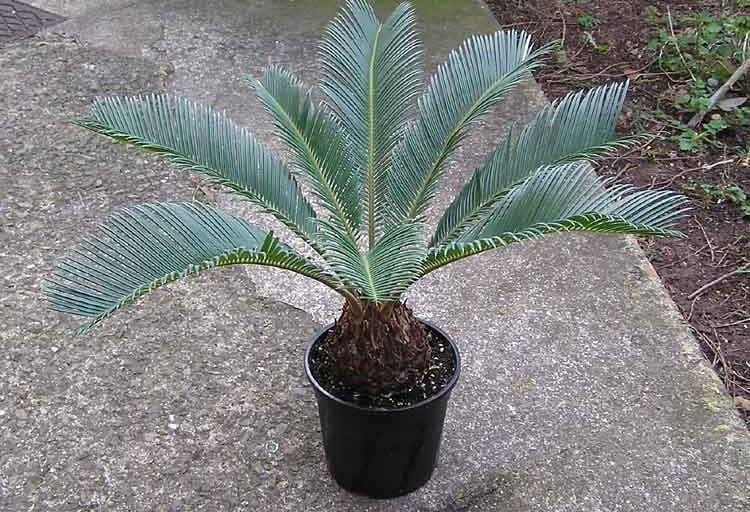
Summing up
There are plenty of poisonous plants for pets, and you need to be extremely careful with what you plant in your garden. Some flowers might look pretty, but they are full of toxins that can kill your furry friends. Instead of being constantly on the look after your pets when you go out, it’s better to make a selection of harmless plants you can breed without worrying for the life of your animals.
Image source: Pixabay





